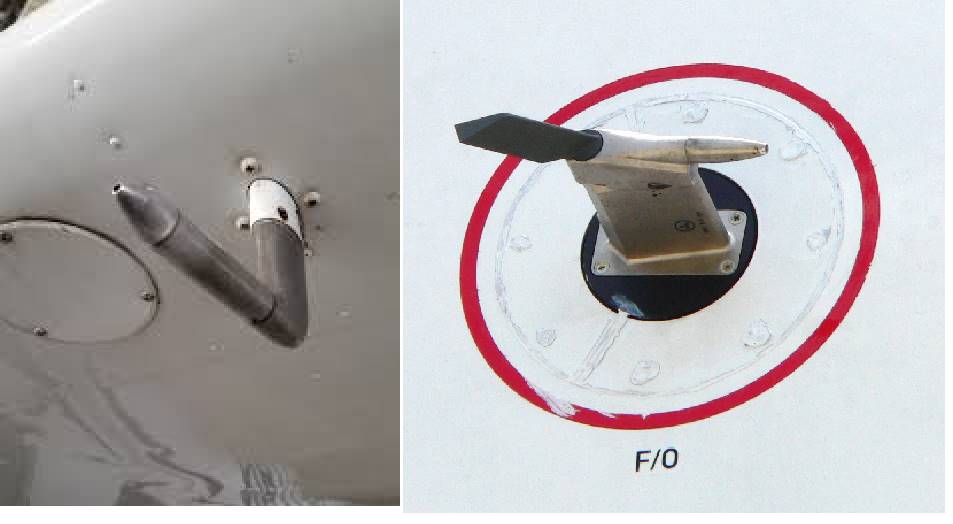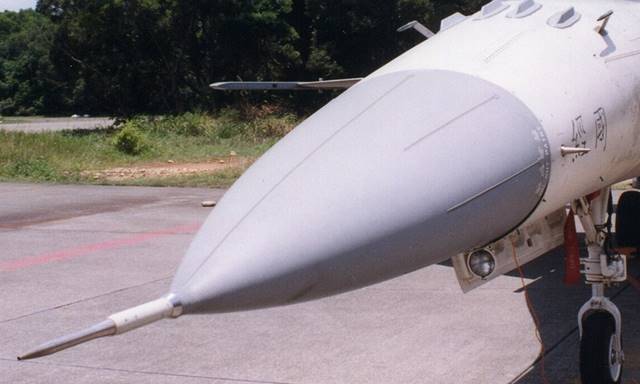Pitot Tube – Working Principle
The Pitot tube is a simple yet incredibly important device in aviation. It was invented by French engineer Henri Pitot in the early 18th century and has been a staple in aircraft design ever since. In this article, we will discuss what a Pitot tube is, how it works, and why it is so essential to aviation.
What is a Pitot tube?
A Pitot tube is a device that is used to measure the airspeed of an aircraft. It consists of a small tube that protrudes from the surface of the aircraft and is aligned with the airflow. As air flows into the tube, it is measured and used to calculate the airspeed of the aircraft.
How does a Pitot tube work?
The basic principle of a Pitot tube is that it measures the difference in pressure between the static pressure of the surrounding air and the dynamic pressure of the air flowing into the tube. The static pressure is the pressure of the air in the environment around the aircraft, while the dynamic pressure is the pressure caused by the movement of the aircraft through the air.
When air flows into the Pitot tube, it is directed into a chamber that measures the pressure of the air. This pressure is known as the Pitot pressure. At the same time, another tube on the Pitot tube, known as the static port, measures the static pressure of the surrounding air.
The difference between these two pressures is used to calculate the airspeed of the aircraft. This is done using the formula:
V = √(2*(Pitot pressure – Static pressure) / air density)
Where V is the airspeed of the aircraft, Pitot pressure is the pressure measured by the Pitot tube, Static pressure is the pressure measured by the static port, and air density is the density of the air.
Why is the Pitot tube important in aviation?
The Pitot tube is an essential device in aviation because it provides accurate airspeed measurements that are used in a variety of critical flight operations. For example, airspeed is a key factor in determining the takeoff and landing speed of an aircraft, as well as the rate of climb and descent during flight.
The Pitot tube is also used in the development of aircraft, as engineers use it to measure the airflow over different parts of the aircraft. This information is then used to optimize the design of the aircraft for maximum performance and efficiency.
In addition, the Pitot tube is also used in other industries such as the automotive industry to measure the speed of cars and in the marine industry to measure the speed of boats.

Conclusion
The Pitot tube is a simple yet crucial device in aviation that is used to measure the airspeed of an aircraft. It works by measuring the difference in pressure between the static pressure of the surrounding air and the dynamic pressure of the air flowing into the tube. This information is then used to calculate the airspeed of the aircraft, which is critical in a variety of flight operations. Without the Pitot tube, aviation would not be possible as we know it today.
Unfortunately, there have been accidents in aviation history due to pitot tube malfunction.
In 1996, the needed data of pitot tubes of a Boeing 757 belonging to Birgen Airlines could not be transferred to the pilot because the pitot tubes were clogged and the plane crashed into the Atlantic Ocean. After this accident, the differences in data transfer of pitot tubes were discussed. And it was realized that there was no pitot tube data difference warning in aircraft until that day, and a radical change was made and a warning system was developed.



